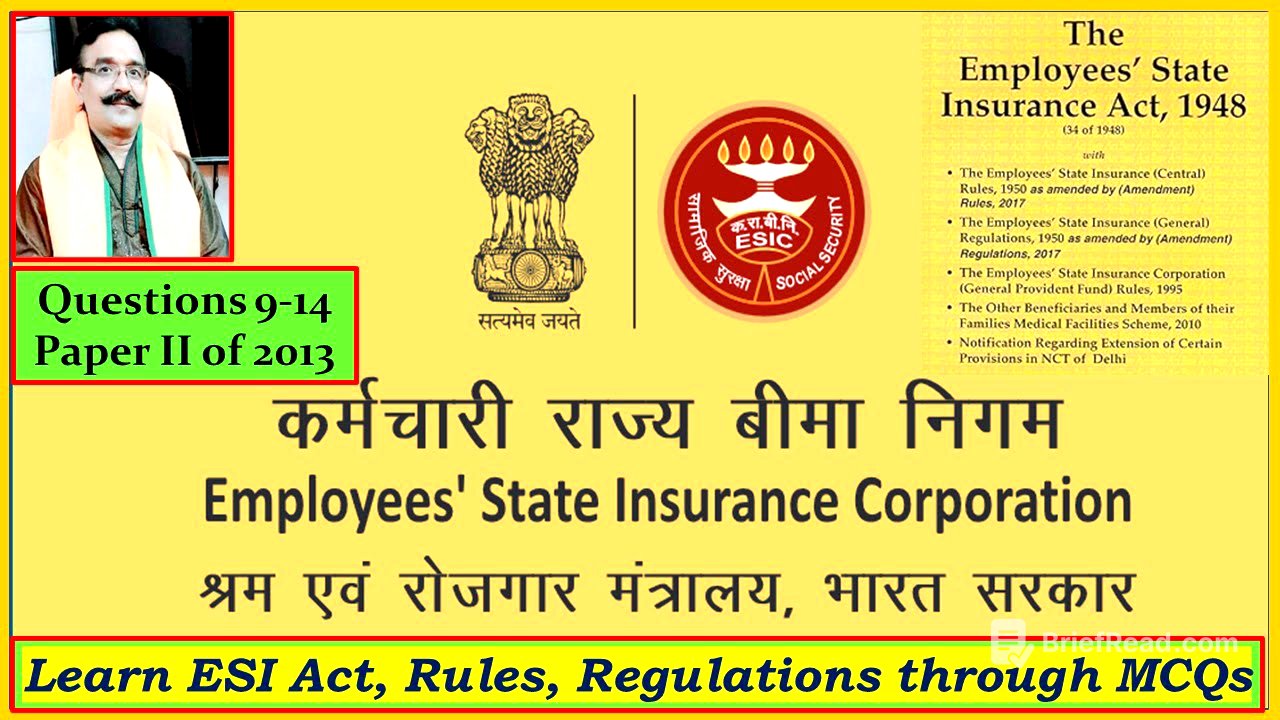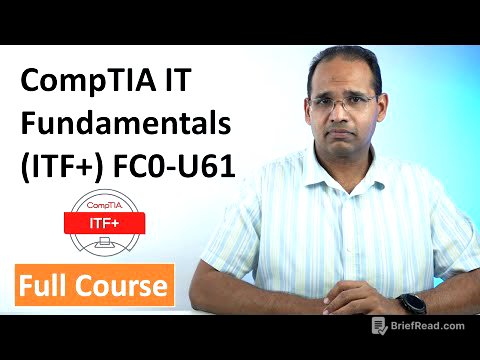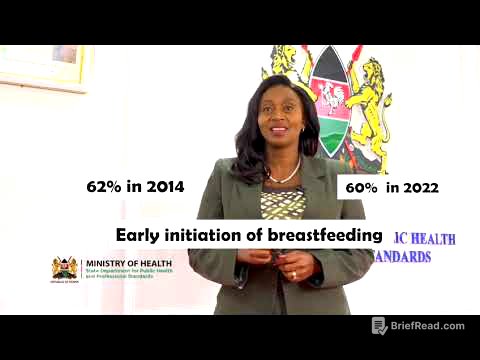TLDR;
This video provides an in-depth analysis of the ESI Act of 1948, focusing on key amendments, rules, and regulations up to August 2024. It uses MCQs from previous years to explain the roles and responsibilities of the ESI Corporation, Standing Committee, and Medical Benefit Council. The video also covers topics such as the constitution and duties of these bodies, quorum requirements for meetings, and benefits provided under the ESI Act, including enhanced sickness benefits for sterilization.
- The Medical Benefit Council advises the corporation on regional and local medical benefits.
- Official government notifications regarding the ESI Act extensions are published in the official gazette.
- Enhanced sickness benefits include provisions for those undergoing sterilization, with specific durations and compensation rates.
Introduction to ESI Act and Study Method [0:03]
The video introduces a study of the ESI Act of 1948, as amended up to 2024, including ESI Rules and Regulations. The approach involves solving MCQs from previous years' question papers to understand the Act's purpose and ensure comprehensive knowledge for answering any related questions. The session focuses on a limited set of 14 questions to facilitate a thorough understanding of the ESI Act and its rules.
Medical Benefit Council and Its Role [2:29]
The Medical Benefit Council advises the ESI Corporation on the constitution of regional and local medical benefit councils. The administration of ESIC involves three bodies: the ESI Corporation, the Standing Committee, and the Medical Benefit Council. Section 3 of the ESI Act covers the ESI Corporation, Section 8 covers the Standing Committee, and Section 10 covers the Medical Benefit Council. The Central Government constitutes the Medical Benefit Council, which includes the Director General of ESIC as Chairman, the Director General of Health Services, and the Medical Commissioner of the Corporation.
Medical Benefit Council: Membership, Term of Office, and Resignation [7:55]
The Medical Benefit Council includes members representing each state, three members representing employers, three representing employees, and three from the medical profession, with at least one being a woman. The term of office for members, excluding government appointees like the Director General and Medical Commissioner, is four years. Resignation from the council requires a written notice to the Central Government, subject to acceptance. Membership can be terminated for failing to attend three consecutive meetings or if the nominating body withdraws the member.
Duties of Medical Benefit Council and Official Notifications [14:05]
The Medical Benefit Council advises the corporation and standing committee on matters related to medical benefit administration and investigates complaints against medical practitioners. Official notifications regarding the extension of ESI Act provisions by the State Government are published in the official gazette. Regional and local medical benefit councils are appointed by the corporation on the advice of the Medical Benefit Council, as per Section 25.
Term of Office and Enhanced Sickness Benefit [19:56]
The term of office for employee representatives in the ESI Corporation is four years, nominated by the central government. Enhanced sickness benefits are provided in cases of TB, leprosy, mental illness, malnutrition, and sterilization operations. For sterilization, insured persons (IP) are paid enhanced sickness benefit (ESB) for up to seven days for vasectomy and up to 14 days for tubectomy, at 100% of the average daily wages. Eligibility requires contributing for 78 days in a six-month contribution period.
Quorum for Meetings of ESI Bodies [29:14]
A quorum is necessary for transacting business in meetings of the ESI Corporation, Standing Committee, and Medical Benefit Council. According to ESI Rules 1950, Rule 10, the quorum for the Corporation is 15 members, for the Standing Committee is 5 members, and for the Medical Benefit Council is 7 members. If a quorum is not met, the meeting is postponed to a date within seven days. If the quorum is still not met in the second meeting, the meeting proceeds regardless, and decisions taken are valid.









